Egyptian Hieroglyphs for Complete Beginners: The Revolutionary New Approach to Reading the Monuments
£11.20£12.30 (-9%)
An entirely fresh and accessible approach to reading ancient Egyptian hieroglyphs by a proven expert, this step-by-step introduction assumes no previous knowledge of grammar or ancient languages, but guides readers through the inscriptions, from simple to more complex, supported by full explanations and translations. Readers’ will see their knowledge and skills grow as Bill Manley clearly explains the mysteries of hieroglyphs without jargon or technical terms, guiding the reader step by step through 27 real-life, unaltered texts from stelae, tombs and portable objects. Specially commissioned line drawings present engaging texts clearly and elegantly, while fact boxes bring to life images of monuments of high officials and kings, giving glimpses of ancient Egyptian society and beliefs. This guide is essential reading for anyone interested in Ancient Egypt, hieroglyphs or ancient languages and contains all the knowledge you need in order to start deciphering hieroglyphic texts for yourself.
Read more
Additional information
| Publisher | Thames and Hudson Ltd, 1st edition (1 Jan. 2012) |
|---|---|
| Language | English |
| Hardcover | 160 pages |
| ISBN-10 | 0500051720 |
| ISBN-13 | 978-0500051726 |
| Dimensions | 18.6 x 1.2 x 24.5 cm |

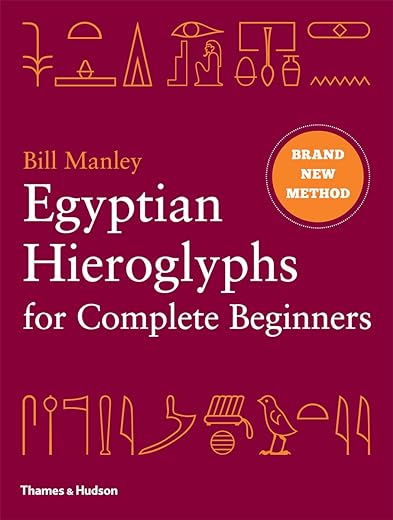
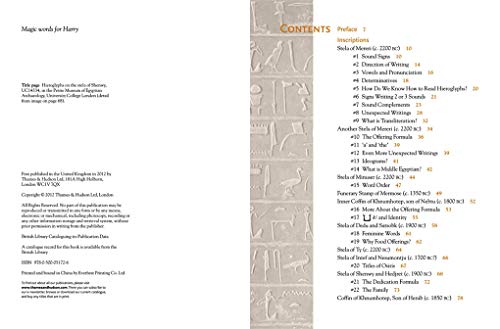
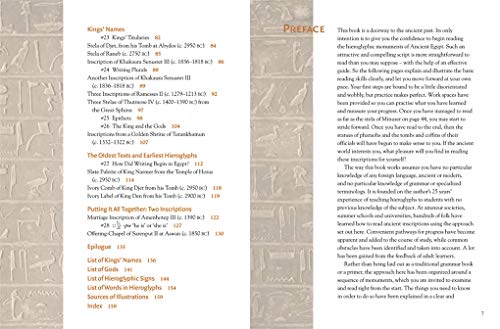

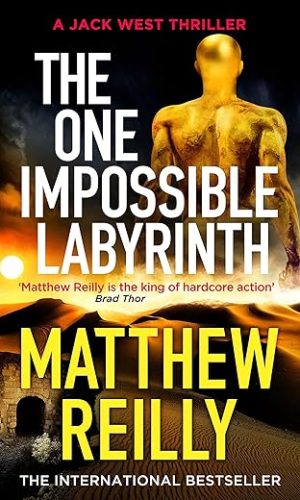

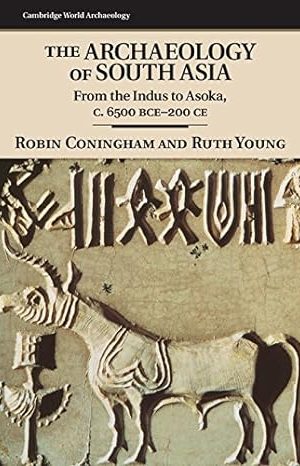

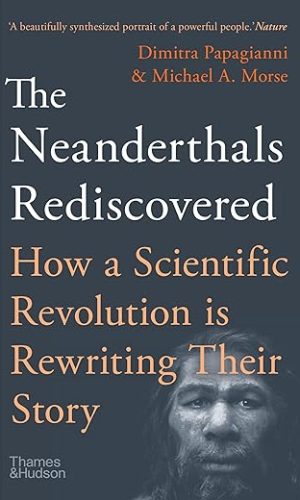
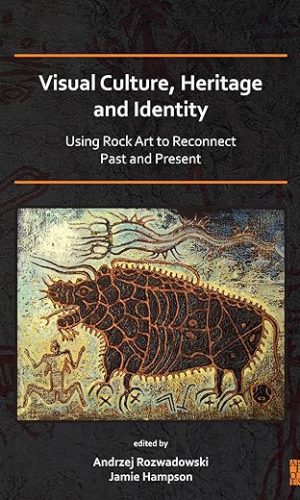
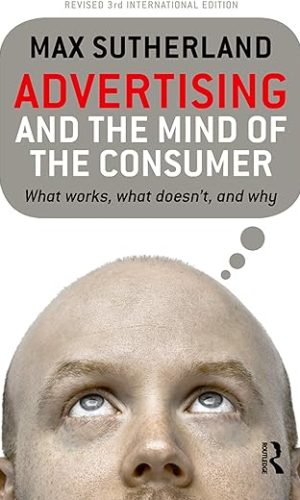
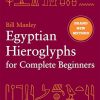
by Patrick Quinn
Absolutely worthwhile purchase. Very high quality …
by Antenna
A visit to Egyptian temples where at least some hieroglyphics have survived the vandalism of fanatics from other religions is likely to kindle an interest in this subject. In a book that is attractively presented as you would expect from Thames and Hudson, but not too expensive since it is illustrated in black-and-white, Bill Manley succeeds in explaining the principles of hieroglyphics from scratch.
I have no idea how an expert would rate it, but I found it easy to grasp that many picture symbols in fact represent sounds: an owl is “m” and a ripple of water “n”. You need to digest each principle before moving on to the next step, since Manley quickly introduces complications: 2 sound and then 3 sound signs, moving on the the “difficult to grasp” concept of “sound complements” which I found hard to understand as I was trying to go too fast. Then, there are the ideograms, or elements of “picture writing” such as the representation of the god Anubis as a dog lying on a shrine. Other symbols with a special sign added denote whole words, such as “mouth”.
It is fascinating to realise that, whilst spoken Egyptian obviously had vowels, these were rarely written in the hieroglyphics, which in sense form “word skeletons” of consonants – like text speak! Also, hieroglyphics can be read in either direction, according to the direction in which the symbols are facing. Although knowledge of how to read this ancient script was lost for centuries, its similarities to Egyptian Coptic eventually provided the key to translating it.
If you do not wish to work systematically through the book, a good deal of enjoyment can be gained from browsing with a focus on lists of words and annotated diagrams which interpret inscriptions on famous monuments. What makes this book both distinctive and successful as an absorbing introduction is that the chapters are designed round a number of stelae – carvings – selected from monuments erected between 3000 and 1100 BC. Avoiding the risk of becoming a dry grammar, Manley takes care to include an explanation of Egyptian culture along with the language instruction.
An experienced teacher, the author is clever in his approach, since skimming through the book whets your appetite to make the effort to get to grips with the detail and so obtain the satisfaction of getting more out of viewing monuments in the future.
by Joseph Jeagar
This book is the most concise resource on learning Egyptian hieroglyphs, it is easy to follow and understand as it covers the spelling and writing conventions of middle Egyptian hieroglyphs, elements of middle Egyptian language that might confuse a reader, examples of real artefacts and Steele that you are taught how to read.
It also covers specific cultural concepts, titles and phrases that have no English equivalent.
If you enjoy this consider getting “how to read ancient Egyptian” revised edition, which covers much more complex inscriptions and elements of middle Egyptian grammar not taught in this book.
by Mithra
Dr. Bill Manley has long sought to make the life and work of the ancient Egyptians better known through running courses on reading Egyptian hieroglyphs. His long experience in doing so has enabled him to transfer the knowledge he has gained onto the pages of this book, a work he stresses is intended for complete beginners who may have no particular knowledge of a foreign language, ancient of modern, and no particular knowledge of grammar or specialised terminology.
Many people who have visited museums which display collections of Egyptian antiquities may have wished they could read what some of the exhibits such as stela having inscriptions carved on them, all all too often the labels that accompany them do not provide a translation. Such people, then, will find this well written and presented work of great value, as it enables its readers to look into the minds of those who had the inscriptions carved, for if we can read them the past comes vividly alive, and in a sense so do those whose ancient Egyptians whose monuments you read. More than that, it kept their names alive as it was Egyptian belief that those whose names were spoken were assured of the afterlife and that their “souls” would not linger lost in a sort of limbo.
Easy as the system Dr. Manley sets out, there is a need for the reader to make the effort to follow the book in its entirety. It is well worth the effort, for by the time you have finished it they should have a basic working knowledge of the language of an important ancient people thereby opening a whole new world of understanding that perhaps will prompt further exploration. The book is well written and amply illustrated with text figures and exceptionally clear photographs. Included is a king and another of Egyptian gods and goddesses. In addition there is a list of hieroglyphic signs, a word list and a short index. A bibliography of other works on the subject matter would have been useful, and, perhaps, some comments on the method of translation formulated by Sir Wallace Budge which has been heavily criticised as being innacurate and misleading but still has many users because of its availability in cheap paperbacks.
Robert Morrell.